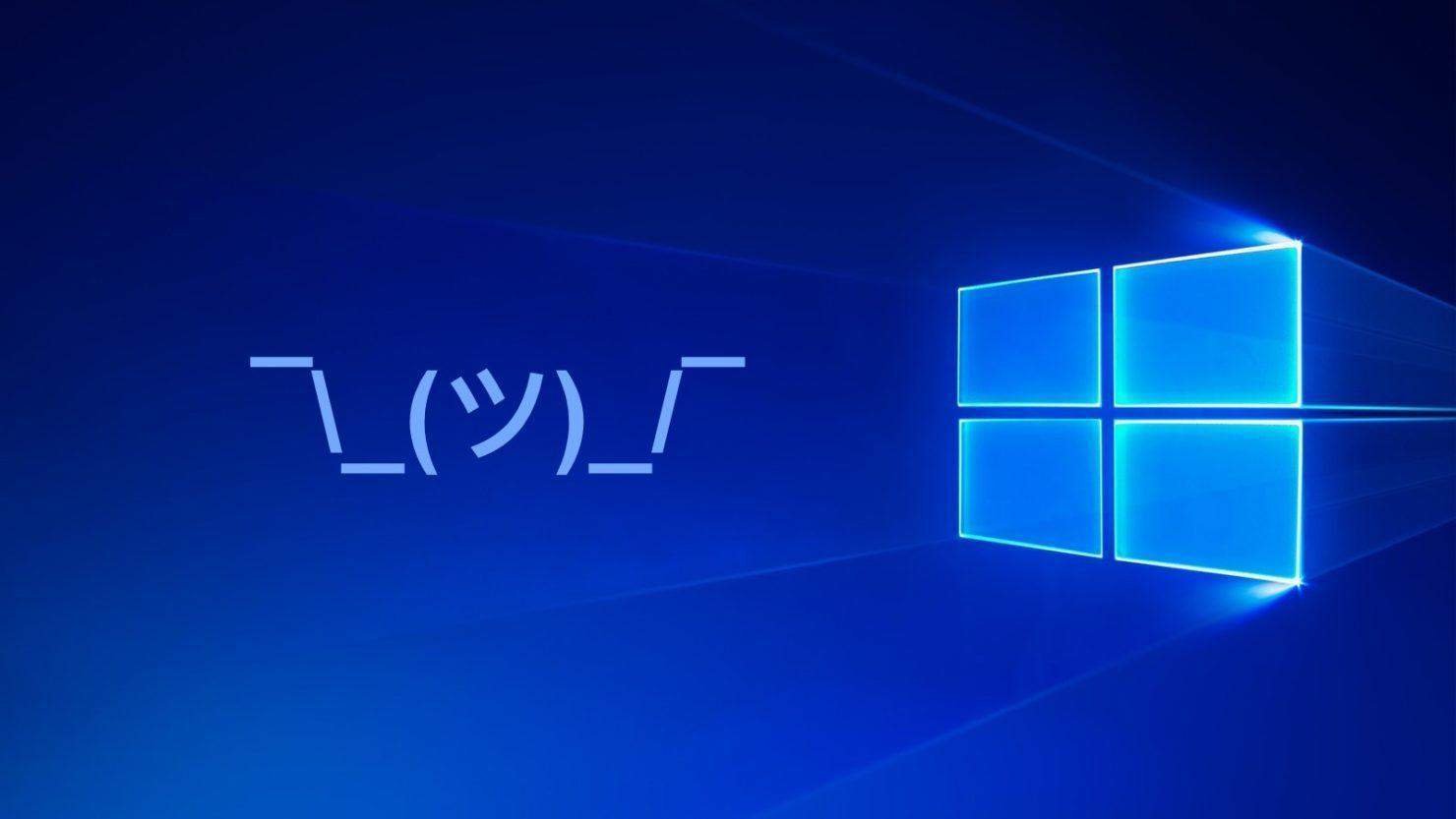Windows 10 runs on 1+ billion devices, Microsoft announced today. Yes, today the company is officially celebrating the 1 billion active devices. Remember that 1 billion devices was a goal he had put the company in 2015 during the release of Windows 10.

According to the company's forecasts at the time, the milestone of one billion would be reached in 2018, three years after the first official release of the operating system.
He finally did it in March 2020.
"Today we are pleased to announce that over one billion people are choosing Windows 10 in 200 countries, resulting in more than one billion active Windows 10 devices." he says Redmond.
Yusuf Mehdi, its Vice President Modern Microsoft's Life, Search & Devices used the opportunity to report that 100% of Fortune 500 companies are now using Windows 10 devices.
"The new ones functions of Windows 10 and security updates are now delivered faster than ever. We've gone from releasing a new edition every three years to releasing several editions a year.”
Of course, the company's celebrations do not mention the problems caused by the updates to some users. Let's remember the story for a while:
Kip Kniskern has written an article for Microsoft. Confusion reigns: what's going on with the Windows Insider Program? It addresses some of the issues and confusion that prevails in Windows Insider.
Let's look at the names:
The Creators Update was released in the spring of 2017 and has a version number of 1703. In the fall, the Fall Creators Update (version 1709) was released, where “Fall” caused problems in some countries, since Fall in the northern hemisphere of the earth is Spring in the southern hemisphere.
That the version 1703 was not released in March 2017, but in April and the version 1709 was not released in September 2017, but in October, it is probably not worth mentioning.
After all, some are beginning to realize that there will be a problem in the spring of 2020. According to the above nomenclature, a Windows 10 version 2003 is expected to be released, but it has almost the same name as Windows Server 2003 from the previous decade. I'm curious to see how this can be resolved. They might call this version Windows 10 2004.
If anyone asks me if I could do something better: Probably not. First of all, probably I would not move Windows as a service and secondly I do not get paid to scratch my head to find a name for Windows 10…
Threshold, Redstone, 19H1 etc
For Windows Insiders there were special code names like Threshold 1, 2 or Redstone 1, 2, etc. for development branches. Because this again led to confusion, the name of the development branches was changed at the beginning of 2019. Now codes are given from the year and then number 1 for the spring release while number 2 for the autumn version. Thus, Windows 10 version 1903 is the development branch with code 19H1. In the fall of 2019 will be released Windows 10 19H2 (probably as a 1909 edition).
In addition to the above, Microsoft uses also individual build numbers for Windows. Personally, I don't pay attention to them, and I believe that no "ordinary" user cares.
Kip Kniskern asked if, after four years of nonsense, it was time to create a single nomenclature for the releases of Windows 10. I totally agree and would appreciate a name scheme like the latest codes 19H1, 19H2 etc.
Major and minor updates
Businesses are furious with the semi-annual updates of new features. Meanwhile, Microsoft has tried to make a 180-degree turn. In order to maintain the old strategy (updating new features of Windows 10 twice a year), the company found a much "smarter" solution. A regular new feature update will be released each spring, supporting 18-month upgrades to all versions of Windows 10.
Let's wait for the sequel…





